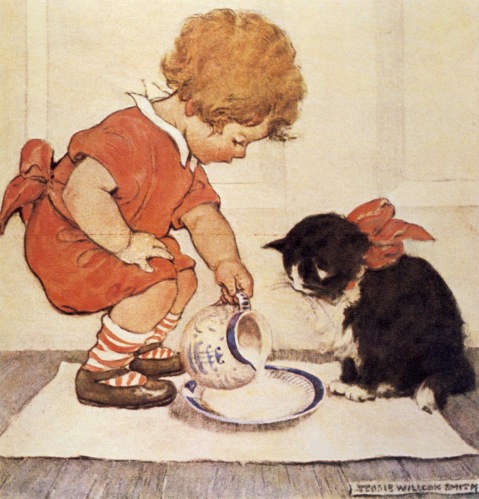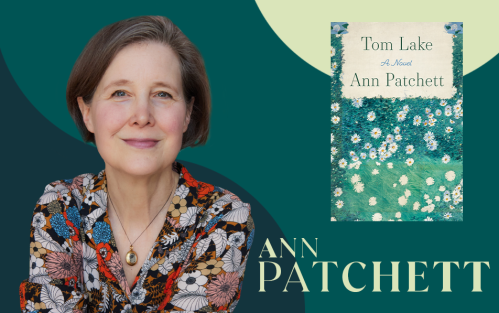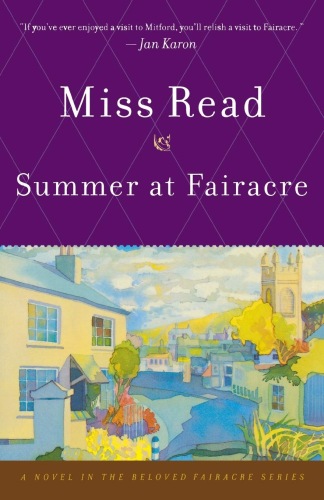
We have allergies and asthma in my family, so unfortunately we’ve never been able to have a cat for a pet. I do love reading stories about cats, though, and have read a number of very sweet books with cats as the main character. There are many cat books to enjoy, and I’ve delighted in each one I’ve read so far…
 The Abandoned, by Paul Gallico, is a book written out of love for his own cats. It’s quite a story! A little boy, neglected by his busy parents, runs into the street to rescue a cat that is in the way of a truck speeding down the road. The little boy is hit by the truck instead, and he survives but immediately enters the cat world, as a cat! I know that sounds weird, but the magic works and the little boy has to learn how to BE a cat because he is still very much a little boy. A kind cat, Jennie, befriends him and teaches him everything he needs to know to survive as a cat. It’s quite fascinating to read, and a poignant little story, beautifully written. I love the writings of Paul Gallico, so this was a special treat to read.
The Abandoned, by Paul Gallico, is a book written out of love for his own cats. It’s quite a story! A little boy, neglected by his busy parents, runs into the street to rescue a cat that is in the way of a truck speeding down the road. The little boy is hit by the truck instead, and he survives but immediately enters the cat world, as a cat! I know that sounds weird, but the magic works and the little boy has to learn how to BE a cat because he is still very much a little boy. A kind cat, Jennie, befriends him and teaches him everything he needs to know to survive as a cat. It’s quite fascinating to read, and a poignant little story, beautifully written. I love the writings of Paul Gallico, so this was a special treat to read.
 Tiggy, by Miss Read (who wrote the Fairacre and Thrush Green series), is another fun story. Tiggy is the true story of a stray cat that came to visit, bringing her kittens with her. How to tame the stray Mama, and then domesticate her kittens enough to find homes for each one, is a story full of heart and humor.
Tiggy, by Miss Read (who wrote the Fairacre and Thrush Green series), is another fun story. Tiggy is the true story of a stray cat that came to visit, bringing her kittens with her. How to tame the stray Mama, and then domesticate her kittens enough to find homes for each one, is a story full of heart and humor.

I found Nellie, A Cat on her Own, by Natalie Babbitt, at the library. It was a story of a wooden marionette cat who loved to dance and who longed to roam freely even though she was happy living with the little old lady who made her. The story is sweet and magical, but more complex than you realize. It has to do with happiness, independence, growth and change, and friendship. A very interesting story!
“The old woman had made Nellie from wood and yarn and broom straws, and every afternoon would take her down from her peg, wind up the music box, and pull her strings to make her leap and dip and spin, just like a dancer on stage.”
“Belong to yourself, then, like me,” said Big Tom. “That way, when changes come, you’ll always be ready to hold your tail high and move along.”
Some other special cat books include The Catwings series, by Ursula le Guin, which was a favorite of my second graders for many years in a row! I read The Fur Person, by May Sarton, many years ago but still enjoy giving that small volume to cat-loving friends for Christmas. And sitting on my nightstand is another little cat book that I intend to read soon: The Guest Cat, by Takashi Hiraide.
And just to reassure you that I do have real live cat friends, despite our allergies… two neighborhood cats have made our garden and porch their own special places.









































